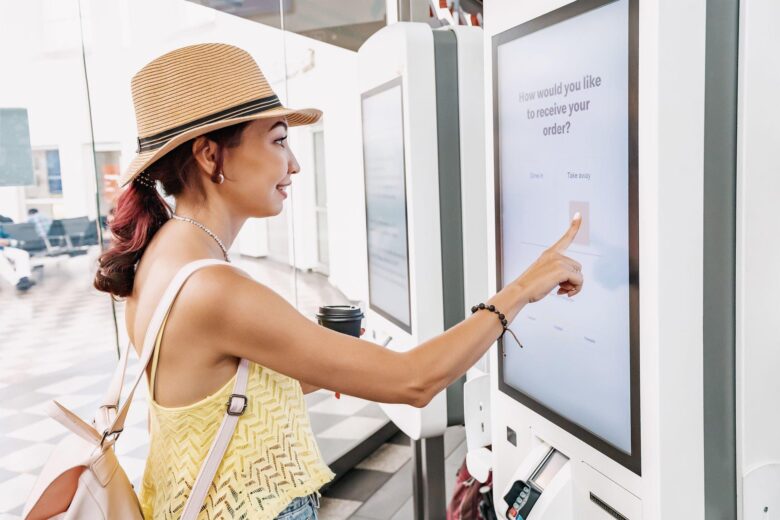As technology continues to transform the way we live and work, businesses across industries are exploring innovative solutions to enhance customer experiences and streamline operations. In the food and beverage industry, self-ordering kiosks like Xyreon have emerged as a popular alternative to traditional ordering methods. In this article, we will compare self-ordering kiosks and traditional ordering to help Malaysian businesses make an informed decision.
What are Self-Ordering Kiosks?
Self-ordering kiosks are interactive touch-screen devices that allow customers to place their orders without the assistance of a staff member. Customers can browse the menu, customize their orders, and pay for their meals using a debit or credit card or mobile wallet. Once the order is placed, it is sent directly to the kitchen, where it is prepared and served.
What is Traditional Ordering?
Traditional ordering, also known as counter service, involves customers placing their orders with a staff member at a counter or table. The staff member takes the order, enters it into the POS system, and sends it to the kitchen. Once the food is prepared, the staff member serves it to the customer.
How do Self-Ordering Kiosks Benefit Malaysian Businesses?

- Increased Efficiency: Self-ordering kiosks can process orders faster than traditional ordering methods. Customers can place their orders quickly and accurately, without the need for staff assistance. This allows businesses to serve more customers in less time, reducing wait times and increasing table turnover.
- Improved Order Accuracy: Self-ordering kiosks eliminate the risk of human error that can occur during traditional ordering. Customers can customize their orders precisely, ensuring that they receive the meal they want. This reduces the likelihood of complaints and returns, improving customer satisfaction.
- Cost Savings: Self-ordering kiosks can reduce staffing costs by minimizing the need for employees to take orders and process payments. This can be especially beneficial for businesses with high labor costs.
- Upselling Opportunities: Self-ordering kiosks can be programmed to suggest complementary items, such as sides or drinks, increasing the likelihood of upselling. This can boost sales and revenue for the business.
How do Traditional Ordering Methods Benefit Malaysian Businesses?
- Personalized Service: Traditional ordering allows staff members to build a rapport with customers, creating a more personalized experience. This can increase customer loyalty and repeat business.
- Reduced Upfront Investment: Traditional ordering methods require less upfront investment than self-ordering kiosks, making them a more accessible option for small businesses with limited budgets.
- Staff Training: Staff members require less training to use traditional ordering methods than self-ordering kiosks, reducing the time and cost associated with training.
Conclusion
Self-ordering kiosks and traditional ordering methods both have their advantages and disadvantages. While self-ordering kiosks can improve efficiency, accuracy, and cost savings, traditional ordering allows for personalized service and reduced upfront investment. Ultimately, the decision of which method to choose will depend on the unique needs and goals of each Malaysian business. Careful consideration and research will help businesses choose the ordering method that best fits their operations and customer base.
